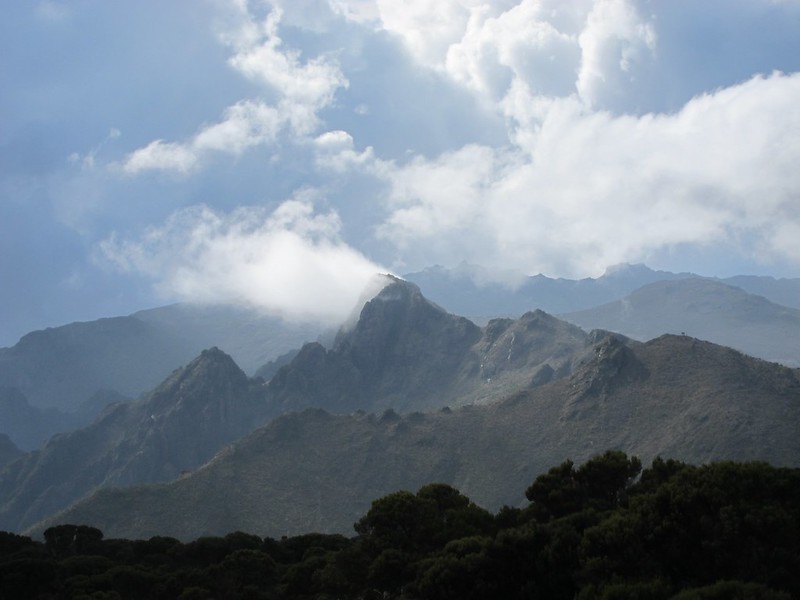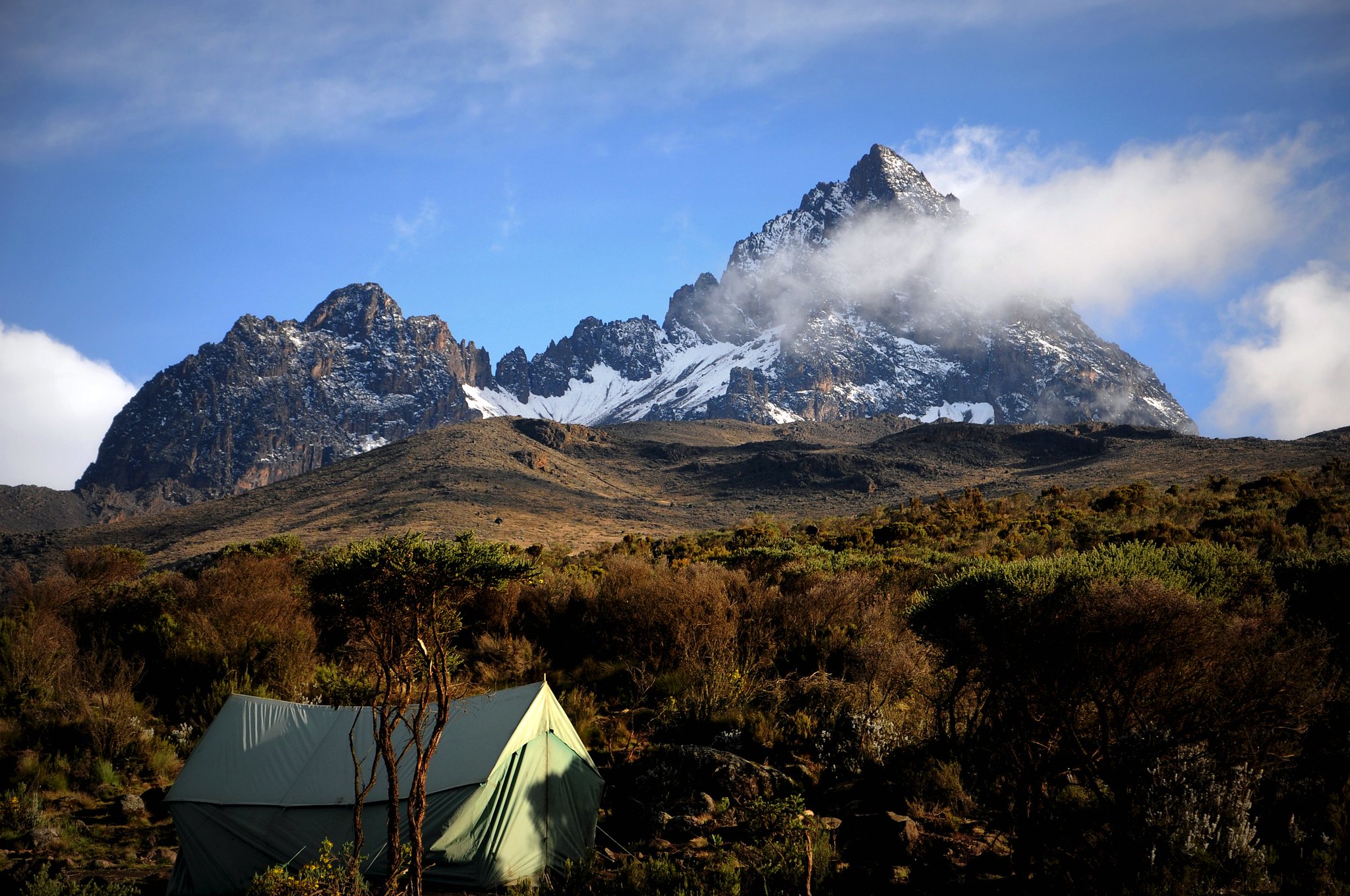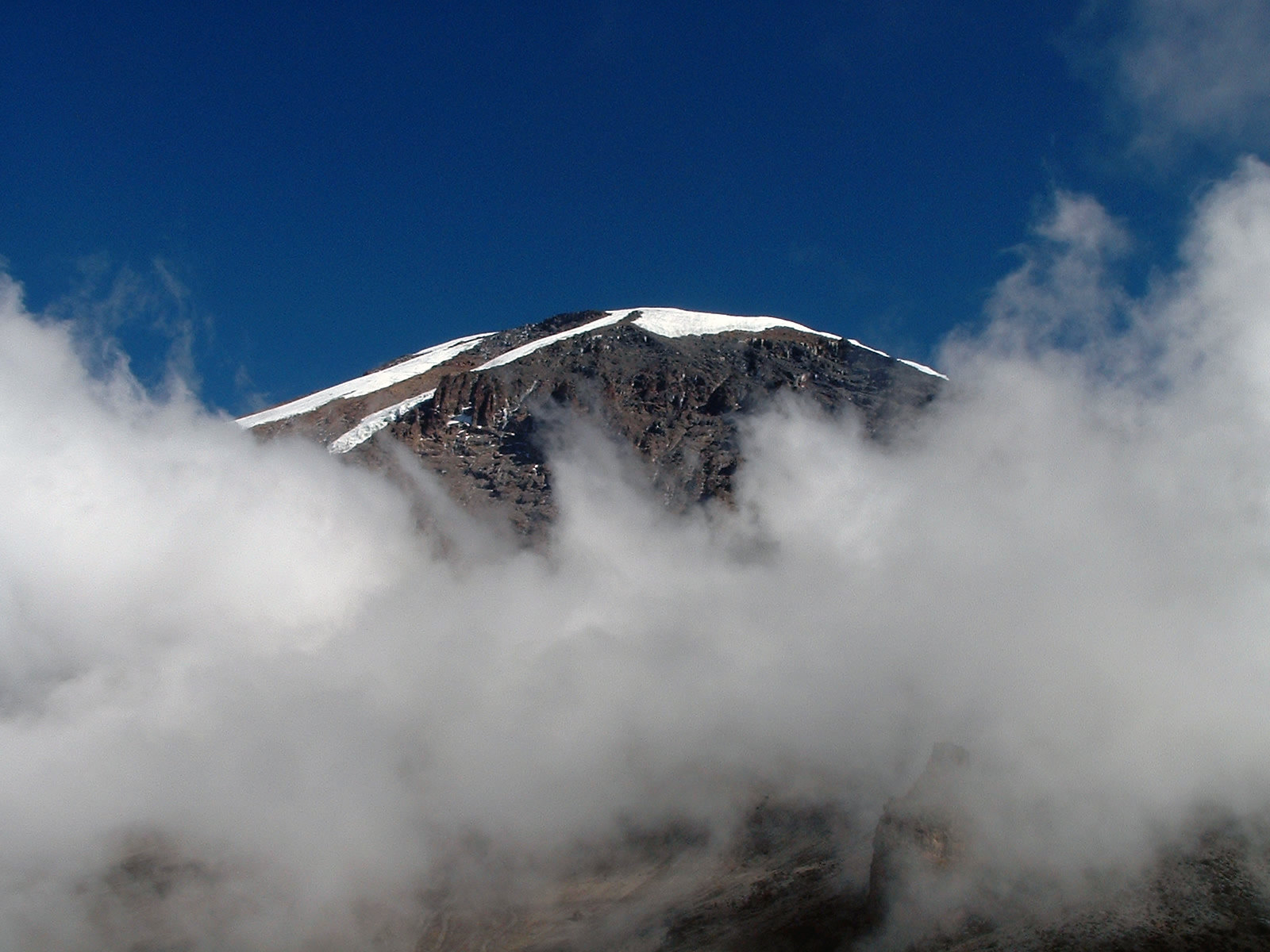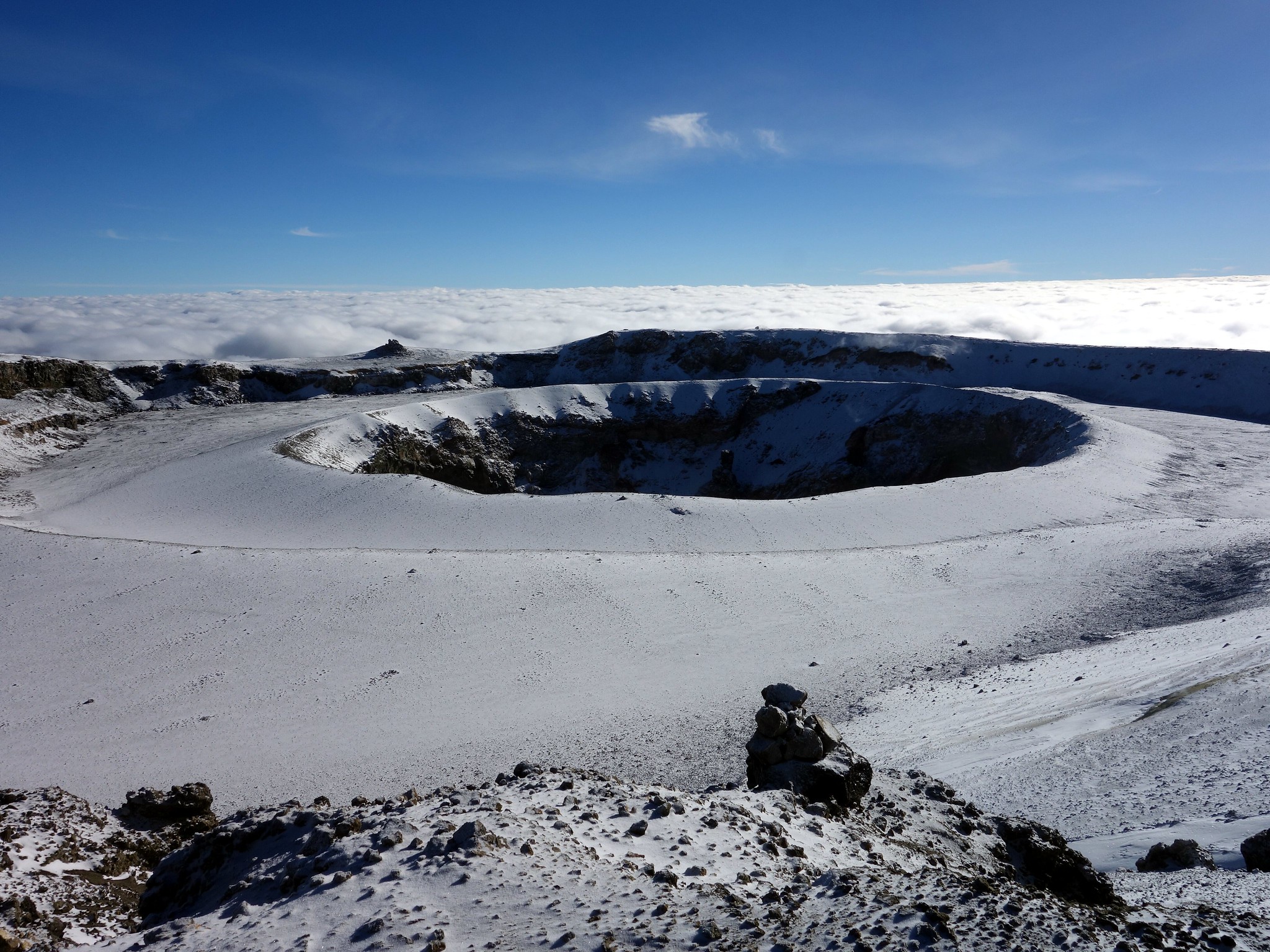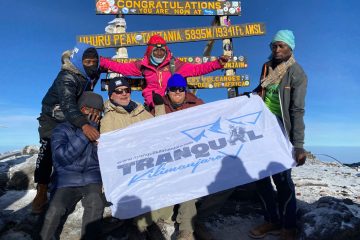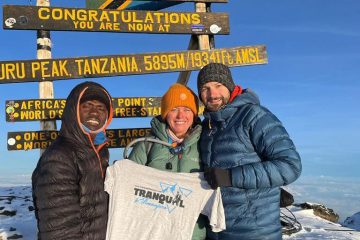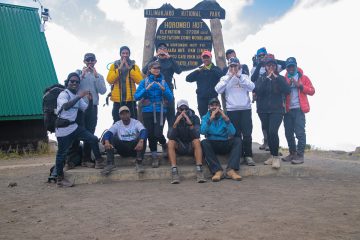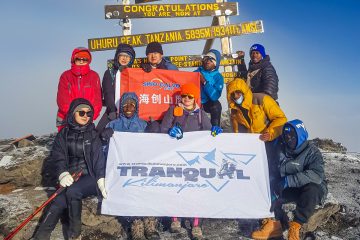Kilimanjaro is made up of three volcanic cones, namely; Kibo, Mawenzi and Shira large stratovolcano composed of three distinct volcanic cones: Kibo, the highest; Mawenzi at 5,149 metres (16,893 ft); and Shira, the lowest at 4,005 metres (13,140 ft). Mawenzi and Shira are extinct, while Kibo is dormant and could erupt again
Mount Kilimanjaro is one of the largest stratovolcanoes in the world. A stratovolcano is formed by a series of layers of ash and lava laid on top of each other as a volcano goes through different eruptive phases. It is also known as a composite volcano comprising numerous layers of lava, tephra (cinder) and volcanic ash. This is the world’s highest free-standing, snow-covered equatorial mountain. It is the highest mountain in Africa, rising 4,877 m above the surrounding savanna plains to 5,895 m and covers an area of about 388,500 hectares. It stands alone but is the largest of an east-west belt of volcanoes across northern Tanzania.
How was the Mount Kilimanjaro Formed?
Mount Kilimanjaro formed about 3 million years ago during the formation of the Great Rift Valley, Many volcanoes busted through in the Kilimanjaro region. Then nearly a million years ago volcanic activities centred on the three points, Shira, Mawenzi & Kibo. Shira was the first to become extinct, eventually, it collapsed and was covered from materials from the other two. Mawenzi and Kibo continued to grow. Later on, Mawenzi became dormant but in an enormous explosion, the entire eastern rim gave way forming a very spectacular gorge. Lave, later on, seeped through the cracks, which after much erosion, helped to give Mawenzi its jagged outline. Kibo continued to grow. About 100,000 years ago, a huge landslide from the summit breached the southwest crater and formed a magnificent precipice. Eventually, magma retreated from the central vent of the volcano, but a final puff of smoke deposited a perfect cone of ash around the rim. Kilimanjaro remains a dormant but not an Extinct Volcano. Ice and Fire have helped shape the summit of Kilimanjaro. Even though Mt. Kilimanjaro is a Dormant Volcano its last eruption was about 200 years ago.
The mountain is a combination of both shield and volcanic eruptive structures. Over time different flows have produced a variety of different rock types. The predominant rock types on Shira and Mawenzi are trachybasalts; the later lava flows on Kibo show a gradual change from trachyandesite to nephelinite. There is also a number of intrusions such as the massive radial and concentric dyke-swarms on Mawenzi and the Shira Ridge and groups of nearly 250 parasitic cones chiefly formed from cinder and ash.
Since 1912, the mountain has lost 82% of its ice cap and since 1962, 55% of its remaining glaciers. Kibo still retains permanent ice and snow and Mawenzi also has patches of semi-permanent ice, but the mountain is forecast to lose its ice cap in 2030. Evidence of past glaciation is present on all three peaks. The mountain remains a critical water catchment for both Kenya and Tanzania but as a result of the receding ice cap and deforestation, several rivers have dried up, affecting the forests and farmland below.


